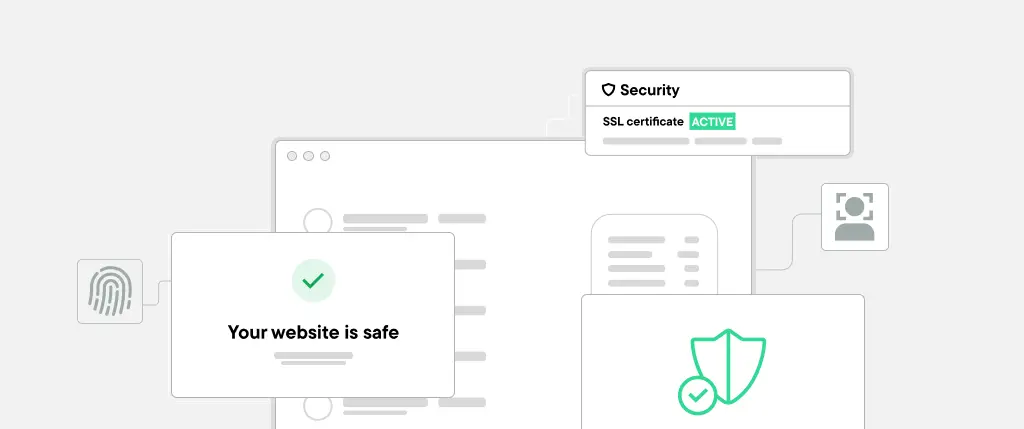The internet contributes 3.7% of global carbon emissions, with websites consuming energy through data centers, hosting servers, and user devices. As WordPress powers over 40% of the web, adopting sustainable web design can significantly reduce environmental impact.
This guide explores why eco-friendly WordPress design matters, practical strategies for reducing your site’s carbon footprint, and how SiteBox simplifies green hosting and optimization.
1. Understanding Sustainable Web Design
A. What is Sustainable Web Design?
Sustainable web design focuses on reducing the environmental impact of websites by optimizing:
✔ Hosting – Using energy-efficient, green-powered data centers.
✔ Performance – Minimizing page size, code bloat, and resource-intensive elements.
✔ User Experience – Designing efficient navigation to reduce unnecessary page loads.
B. Why Sustainable WordPress Design Matters
🌱 Lower Carbon Footprint – Less energy consumption reduces emissions.
⚡ Faster Load Times – Lightweight sites improve speed and performance.
🔍 SEO Benefits – Google prioritizes fast, optimized websites in search rankings.
✔ How SiteBox Helps:
✅ Green Hosting – SiteBox partners with eco-friendly hosting providers.
✅ Built-in Performance Optimization – Reduces energy-intensive requests.
2. Eco-Friendly Hosting for WordPress
✔ 100% Renewable Energy – Powered by wind, solar, or hydro.
✔ Energy-Efficient Data Centers – Use less cooling and power.
✔ Carbon Offsetting – Invests in environmental initiatives.
Best Green Hosting Providers
- SiteGround Green Hosting
- GreenGeeks (300% renewable energy match)
- Kinsta (Google Cloud carbon-neutral servers)
✔ How SiteBox Helps:
✅ Seamless integration with green hosting for eco-conscious websites.
3. Optimizing WordPress for Sustainability
A. Reduce Page Size and Load Time
Heavy pages consume more energy. Keep them under 1MB using:
- Optimized Images – Use WebP format and compression tools like ShortPixel.
- Minified Code – Remove unnecessary spaces with plugins like WP Rocket.
- Lazy Loading – Load images only when needed using this simple HTML:
<img src="image.jpg" loading="lazy" alt="Eco-friendly WordPress" />✔ How SiteBox Helps:
✅ Automatic image optimization and lazy loading enabled by default.
B. Efficient Caching and CDNs
Caching reduces server requests, lowering energy usage. Use:
- Server-Side Caching – Built-in with hosting providers.
- Browser Caching – Enable with a simple
.htaccessrule:
<IfModule mod_expires.c>
ExpiresActive On
ExpiresByType text/html "access 1 week"
</IfModule>✔ How SiteBox Helps:
✅ Built-in caching and CDN for reduced server strain.
C. Choose a Lightweight WordPress Theme
Avoid bloated themes with unnecessary JavaScript and CSS.
Best sustainable themes:
- Astra – Lightweight and fast.
- GeneratePress – Only 30KB in size.
- Neve – Optimized for performance.
✔ How SiteBox Helps:
✅ Preconfigured lightweight themes for eco-friendly design.
4. Best Practices for a Green WordPress Website
✔ Use Dark Mode – Saves energy on OLED screens.
✔ Limit Web Fonts – Stick to system fonts for efficiency.
✔ Reduce Videos & Animations – Autoplay and large files increase energy use.
✔ Encourage Sustainable Behavior – Promote green initiatives on your website.
✔ How SiteBox Helps:
✅ Eco-friendly defaults like system fonts and efficient media handling.
Conclusion
Sustainable web design isn’t just about lowering emissions—it also leads to faster, better-performing, and SEO-friendly websites.
🚀 Want an easy way to build an eco-friendly WordPress site? SiteBox provides green hosting, performance optimization, and sustainable design tools right out of the box.
Start your eco-friendly WordPress journey with SiteBox today! 🌍



